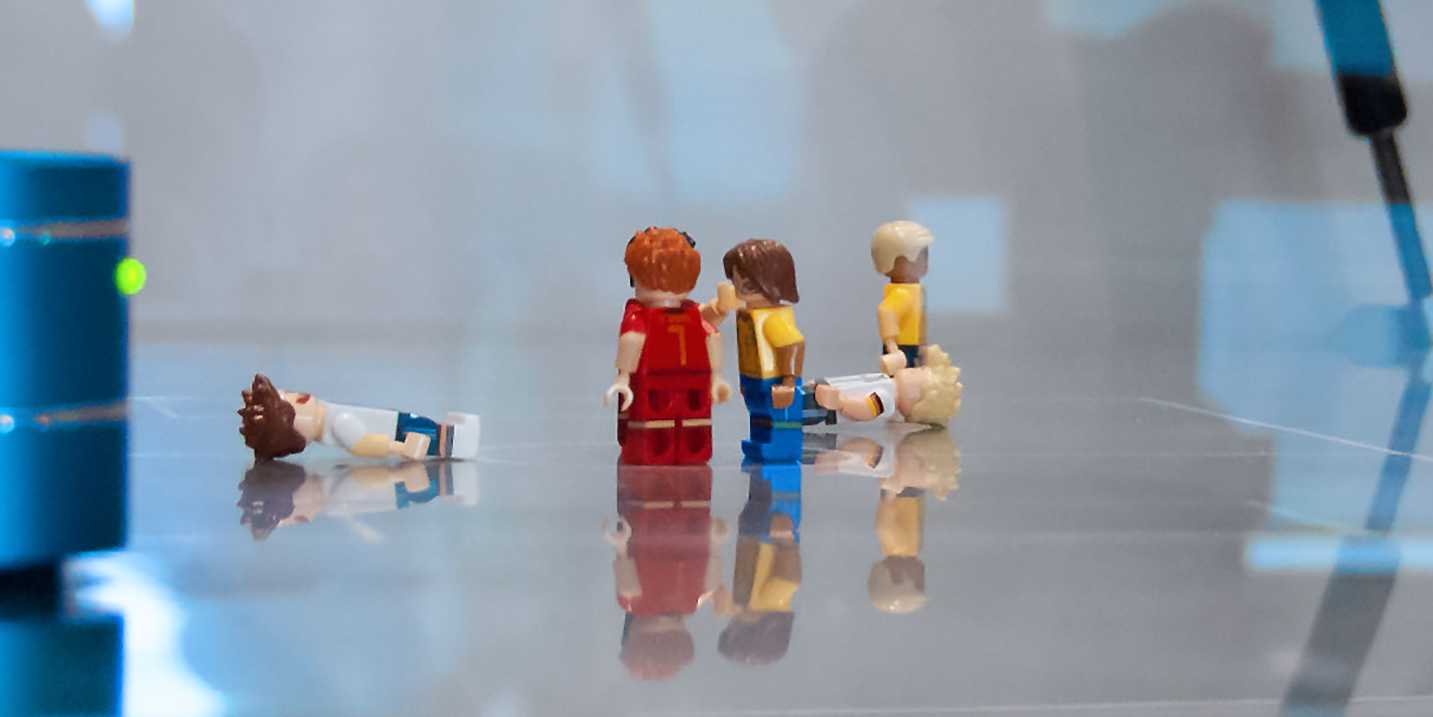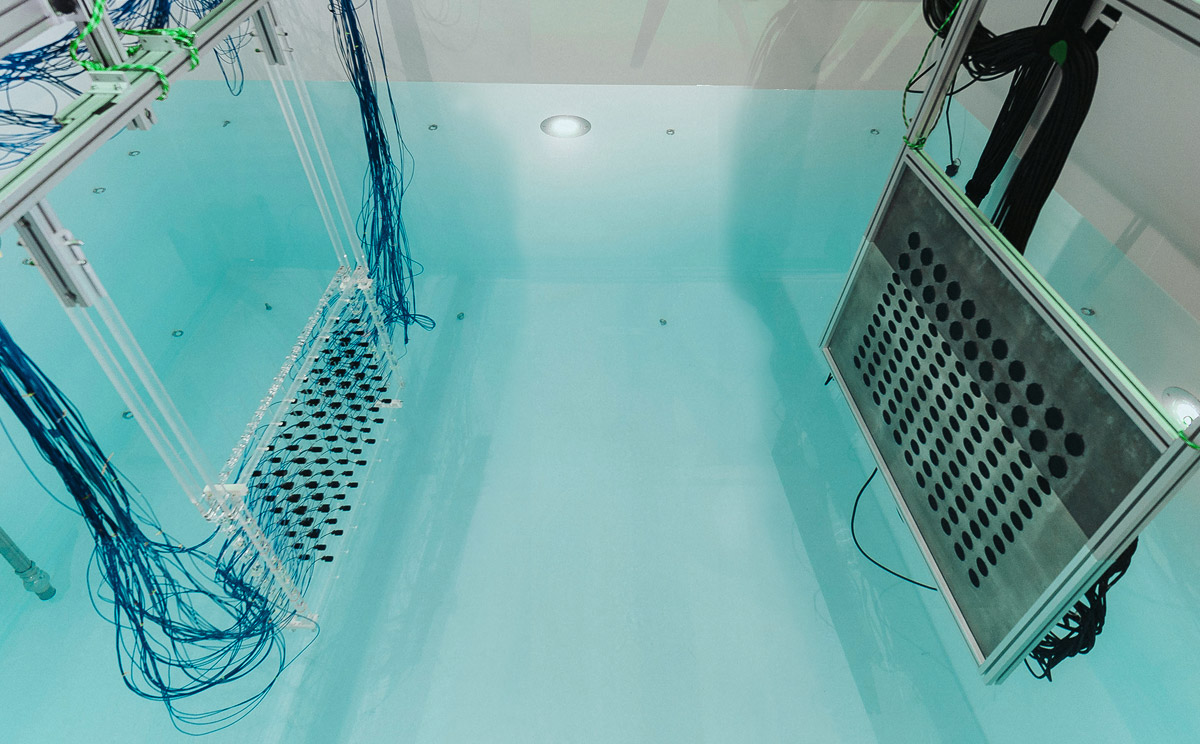How does anti-sound or noise-cancelling work?
The Exploration and Environmental Geophysics group participated in a "Wave Day", organised by Startbahn 29, a science and ideas lab for children and adolescents.

Four secondary school classes visited our WaveLab at the Switzerland Innovation Park Zurich. Each class first spent about 1.5 hours with Startbahn 29 doing basic wave experiments using slinkies, stopwatches and microphones. Afterwards they participated in various experiments that we had prepared for them:
A simple anti-sound experiment
In the large basin of the WaveLab there are 800 microphones that record the sound. In the back room, 500 supercomputers process the information and generate the necessary anti-sound for every point in the room.

An experiment to determine the speed of elastic waves
Here, sound waves are sent through a large granite block. The fine vibrations that are created can be measured with the laser on the other side.

Judging from the general interest and wide range of questions, including about the height of our water and electricity bills (after seeing our waterbasin and high-performance computer system), it seems that the day was a great success. Many thanks to Johannes Aichele, Henrik Rasmus Thomsen, Xun (Jack) Li, Christoph Bärlocher, and Jonas Müller for helping out before and on the day and to focusTerra for lending us the time-reversal experiment!
Dirk-Jan van Manen
